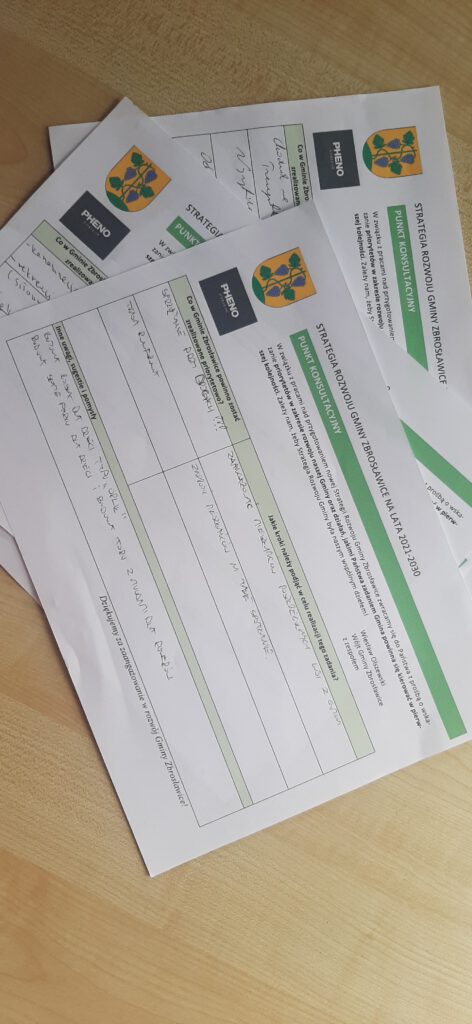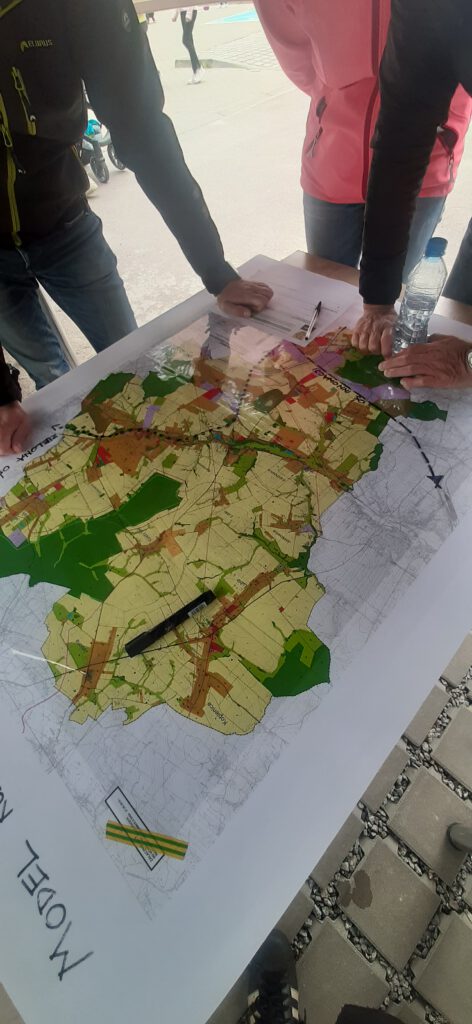How to integrate water management investment plans into local development processes
Cooperation with the local government at the stage of preparing the Commune Development Strategy

CHALLENGE DESCRIPTION The solution concerns the involvement of communities responsible for planning water solutions for agricultural areas in the process of developing the Municipal Development Strategy, which will allow for the inclusion of tasks in documents at the local level and strengthen awareness of the need to engage stakeholders and undertake interventions. In addition, securing the possibility of implementing tasks in the created models of spatial development of a commune will provide planning conditions for ensuring the possibility of implementing water activities at the commune and individual real estate levels.

DESCRIPTION OF THE SOLUTION The statutory changes introduced in 2020 to the Act on the Principles of Development Policy (from 6 December 2006) are important for Municipal Development Strategies and supplementary strategic documents (e.g. the Environmental Protection Program). This act determines the way of developing and implementing the Commune Development Strategy, in particular necessity in-deep analysis of the functional and spatial structure of the municipality, along with the functional and spatial structure modelling, and areas of cooperation among local governments. Statutory provisions also specify the necessity of consulting of planning documents with other local governments (communes, poviats, voivodships) or “Polish Water” National Water Management, State Forests, etc.
The possible joint projects and development areas indicated in the implementation of development policies may include: Urban Functional Areas (MOF’s), Integrated Territorial Investments (ITI’s / ZIT), Strategic Intervention Areas (SIA’s / OSI), Community-Led Local Development (CLLD / RLKS), Local Action Groups (LAG’s / LGD) , Other Territorial Instruments (OTI’s / IIT).
The functional and spatial structure models include diagnosis of the commune’s condition in a range of spatial development, infrastructure, and the protection and development of natural areas – including water resources. Based on these assumptions, the inventory of important landscape elements (including water areas) becomes an obligatory element of the Strategy – Lanscape assessment.
In addition to the development policy, changes to the spatial planning and management system are also planned. The Act on Spatial Planning and Development (from March 27, 2003) was partially updated in 2021.
According to the new assumptions, the two-stage planning system will be based on General Land Use Plans (replacing the present Study – SUIKZP) and Detailed Development Plans. The first one are going to be acts of local law (which means that their provisions will be binding for the implementation of new development) and will be based on the guidelines indicated in the Model of the Functional and Spatial Structure of the Commune included in the Strategy. It will replace the current Studies on the Conditions and Directions of Spatial Development. Areas excluded from development and other investments should be indicated i.e. natural areas, floodplains, etc.
Detailed Plans will be based on the indications of General Plans and will cover larger spatial units in the commune, which excludes the creation of plans for individual plots. Decisions about development conditions and the location of a public purpose investment are assumed to be compatible with the General Plan.
Additionally, the new prototype of the act provides complementary tools for the implementation of development policy in communes. These include: national standards and municipal standards for development of buildings and infrastructure, public-private partnerships as a part of Integrated Investment Projects.
Individual local government units will be able to prepare their own local standards for infrastructure and building development. It should indicate the location of development areas and define respective standards.
Public-private partnerships as a part of the Integrated Investment Project (IIP / ZPI) will concern the creation of investment spaces. As part of the partnerships, agreements will be concluded between the commune and investors, in which rights and obligations of parties will be formalized, as well as the division of activities which are part of investment implementation. With use of IIP, which will be consistent with the General Plans, local governments may indicate appropriate practices for maintaining the good status of water resources.

POSSIBILITY OF ADAPTING THE SOLUTION Due to the nature of the solution (the process concerns the development of a specific document, the procedure resulting from the act), the process must be carried out in accordance with the planned stages of work on the strategy. But the approach of “blending” water solutions into strategy building processes at different levels when developing solutions in a participatory manner should be a common practice to apply.
| Authors of the solution description: | Maciej Kowalczyk, Patryk Wacławiak (PHENO HORIZON) |
| State of impletemntation of the solution: | Implemented, planned |
Homepage

